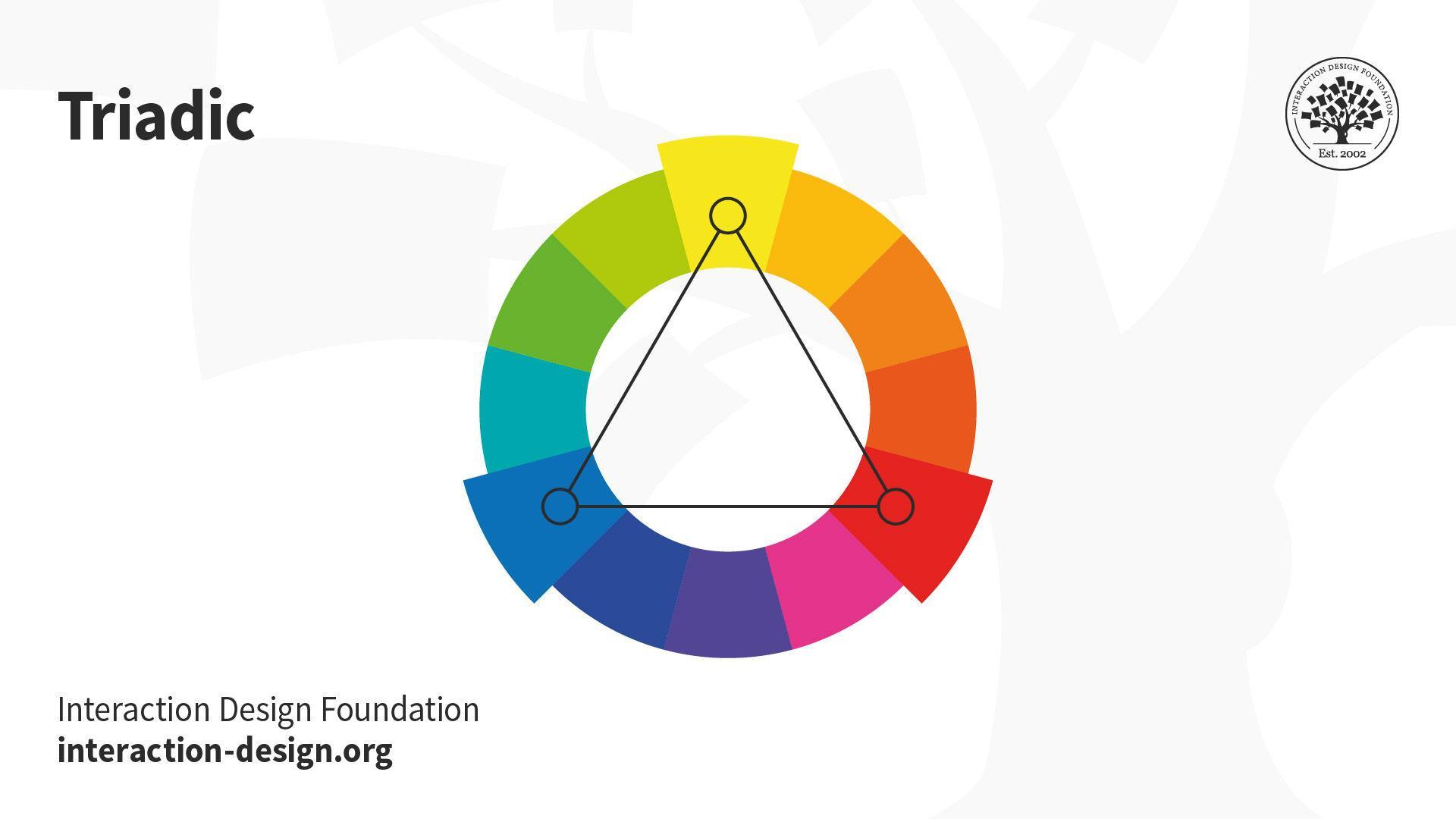
Have you ever stopped to think about the emotional rollercoaster that is COLOR? From feeling blue to seeing red, the world of color is a wild ride of emotions. But did you know that colors play a sneaky little role in logo design, tugging at your heartstrings and manipulating your feelings without you even knowing? Buckle up, because we’re about to unveil the emotional power of colors in logo design, and it’s gonna be a bumpy, rainbow-colored ride!
Understanding the Impact of Color Psychology in Logo Design
Color psychology plays a significant role in logo design, influencing how customers perceive a brand. When choosing colors for a logo, designers need to consider the emotions and associations each color evokes. Here are some examples of colors and their potential impact on consumers:
– **Red:** Often associated with passion, energy, and excitement. A red logo can grab attention and convey a sense of urgency or importance.
– **Blue:** Blue is often seen as calming, trustworthy, and reliable. A blue logo can create a sense of security and professionalism.
– **Yellow:** Yellow is bright, cheerful, and optimistic. A yellow logo can evoke feelings of happiness and playfulness.
It’s essential to understand the cultural and psychological implications of different colors when designing a logo. For example, white is often associated with purity and cleanliness in Western cultures, while in some Eastern cultures, it can symbolize mourning. By choosing the right colors for a logo, designers can effectively communicate a brand’s personality and values to consumers.
Harnessing the Emotional Influence of Colors in Branding
Colors play a crucial role in branding, and they have the power to evoke a wide range of emotions in consumers. By harnessing the emotional influence of colors, brands can create a strong connection with their target audience and stand out in a crowded marketplace. Here are some tips on how to use colors effectively in your branding strategy:
- Red: This fiery hue is associated with passion, energy, and excitement. It can be used to grab attention and create a sense of urgency.
- Blue: Known for its calming and trustworthy qualities, blue is a popular choice for corporate brands looking to establish credibility and professionalism.
- Green: Symbolizing growth, health, and nature, green is often used by eco-friendly brands or those promoting sustainability.
When selecting colors for your brand, consider the emotions you want to evoke in your audience and how those colors will impact your brand’s overall message. Remember, the right color palette can make or break your branding efforts, so choose wisely!
The Psychology Behind Red, Blue, Yellow, and Green Logos
Did you know that the colors of logos can have a significant impact on consumer psychology? Let’s take a closer look at the reasoning behind red, blue, yellow, and green logos:
First up, we have red logos. Red is often associated with energy, passion, and excitement. It can create a sense of urgency and grab the attention of potential customers. So if you see a red logo, be prepared to feel a sudden urge to buy, buy, buy!
Next, we have blue logos. Blue is calming, trustworthy, and reliable. It can evoke feelings of security and stability. So if you come across a blue logo, rest assured that you are in good hands – they won’t steer you wrong!
Now onto yellow logos. Yellow is cheerful, optimistic, and youthful. It can stimulate mental activity and grab attention. So if you spot a yellow logo, be prepared for a burst of happiness and positivity – it’s like sunshine in logo form!
Lastly, we have green logos. Green is associated with nature, growth, and balance. It can promote feelings of harmony and tranquility. So if you encounter a green logo, take a deep breath and relax – you’re in for a zen shopping experience!

Exploring the Symbolism of Colors in Logo Design
When it comes to logo design, colors play a crucial role in conveying the message of a brand. Each color holds a unique symbolism that can evoke specific emotions and associations in the minds of consumers. Let’s take a closer look at the hidden meanings behind some common colors used in logos:
- Red: This fiery hue is often associated with passion, energy, and excitement. It’s no wonder that many fast food chains and tech companies use red in their logos to grab the attention of consumers.
- Blue: Blue is the color of trust, intelligence, and stability. That’s why many financial institutions and tech companies opt for this calming hue to instill confidence in their customers.
- Yellow: Bright and cheerful, yellow symbolizes optimism, happiness, and creativity. It’s no surprise that many food and beverage brands use yellow in their logos to evoke a sense of warmth and friendliness.
So, next time you see a logo, pay attention to the colors used – they may be sending you subtle messages about the brand’s identity and values. Remember, the colors you choose for your logo could make all the difference in how consumers perceive your brand!

Creating Emotional Connections Through Color Choices
Have you ever noticed how a certain color can make you feel a certain way? It’s like magic, but with paint. By choosing the right colors, you can create emotional connections with your audience that will make them feel all warm and fuzzy inside. Here are some tips on how to use colors to your advantage:
1. Think about the feelings you want to evoke. Are you aiming for excitement? Use bold and vibrant colors like red or orange. Looking for calm and relaxation? Opt for blues and greens. Want to make people hungry? Yellow is your go-to color (hello, golden arches).
2. Consider cultural and psychological associations. Different colors mean different things in different cultures. For example, in Western cultures, white is associated with purity and innocence, while in some Asian cultures, it symbolizes death. Be mindful of these meanings when selecting colors for your brand.
3. Don’t be afraid to mix it up. Sometimes, the most impactful color combinations are unexpected ones. Experiment with contrasting hues to create visual interest and make your brand stand out from the rest.
Utilizing Color Theory to Evoke Specific Responses in Consumers
Forget fancy gadgets and flashy marketing strategies - the key to capturing consumers’ attention lies in **color theory**. By strategically incorporating different colors into your branding and packaging, you can evoke specific emotional responses in your target audience. Here’s how you can use the power of color to make a lasting impression:
**1. Red:**
The color red is known for its ability to grab attention and stimulate excitement. By introducing hints of red into your designs, you can create a sense of urgency and encourage consumers to take action. Whether it’s a bold logo or a striking product package, a touch of red is sure to make your brand stand out from the competition.
**2. Blue:**
If you want to convey trust, reliability, and professionalism, blue is the way to go. This calming color has a soothing effect on consumers, making them feel secure and confident in your brand. Incorporate shades of blue into your marketing materials to establish a sense of credibility and build a loyal customer base.
**3. Yellow:**
Looking to spark creativity and optimism in your consumers? Yellow is the answer. This cheerful color is associated with happiness and energy, making it the perfect choice for brands that want to inspire positive emotions. Use yellow accents in your branding to create a sense of warmth and enthusiasm that will resonate with your audience.
Mastering the Art of Emotional Branding Through Thoughtful Color Selections
When it comes to emotional branding, choosing the right colors can make all the difference. It’s like picking the perfect outfit for a first date – you want to make a good impression and show off your personality. Here are some tips for :
- Think about the emotions you want to evoke. Are you going for a calming vibe with blues and greens, or do you want to energize your audience with bold reds and yellows?
- Consider your target audience. Different colors can have different meanings across cultures, so make sure you’re picking hues that will resonate with your customers.
- Don’t be afraid to get creative! Mixing and matching colors can help you stand out in a sea of competitors. Just make sure they complement each other – nobody wants to look like a clown.
Remember, color is just one piece of the puzzle when it comes to emotional branding. It’s important to consider all aspects of your brand identity, from your logo to your website design. But by choosing thoughtful color selections, you can create a visually stunning brand that resonates with your audience on a deep emotional level. So go ahead, paint your brand with all the colors of the emotional rainbow!
FAQs
Why is choosing the right color important in logo design?
Well, choosing the right color in logo design is like choosing the right seasoning for your dish – it can make or break it! Colors have the power to evoke certain emotions and perceptions, so it’s crucial to pick the right ones that align with your brand’s message.
How can I determine which colors are best for my logo?
Think about your brand’s personality – are you bold and daring, or soft and nurturing? Different colors convey different emotions, so choose ones that resonate with your brand’s identity. It’s like picking out an outfit for a first date – you want to present yourself in the best light possible!
What emotions do different colors typically evoke?
Oh, where do we even begin? Red can symbolize passion and energy, while blue can represent trust and reliability. Yellow is like a burst of sunshine, radiating happiness and optimism. Green is all about growth and health, like a superfood for your brand. And purple? Well, that’s the color of royalty and luxury – fit for a queen!
Can I use multiple colors in my logo design?
Absolutely! Just like mixing cocktails, combining different colors can create a unique and interesting blend that sets your logo apart from the rest. Just make sure the colors play nicely together – you don’t want a color clash that’ll leave a bad taste in everyone’s mouths!
Are there any colors I should avoid in logo design?
Avoid colors that don’t align with your brand’s message or could be perceived negatively. For example, black can be sleek and sophisticated, but too much of it can come off as dark and ominous. And let’s not even get started on neon colors – unless your target audience is a flock of rave-loving flamingos!
Color Your World with Emotional Logo Design
So next time you’re brainstorming logo designs, don’t forget the power of colors to stir up emotions and create connections with your audience. Whether you want to evoke trust with blue, energy with red, or tranquility with green, the possibilities are endless. So go ahead, unleash the emotional power of colors in your logo designs and watch your brand come to life in vibrant hues!











